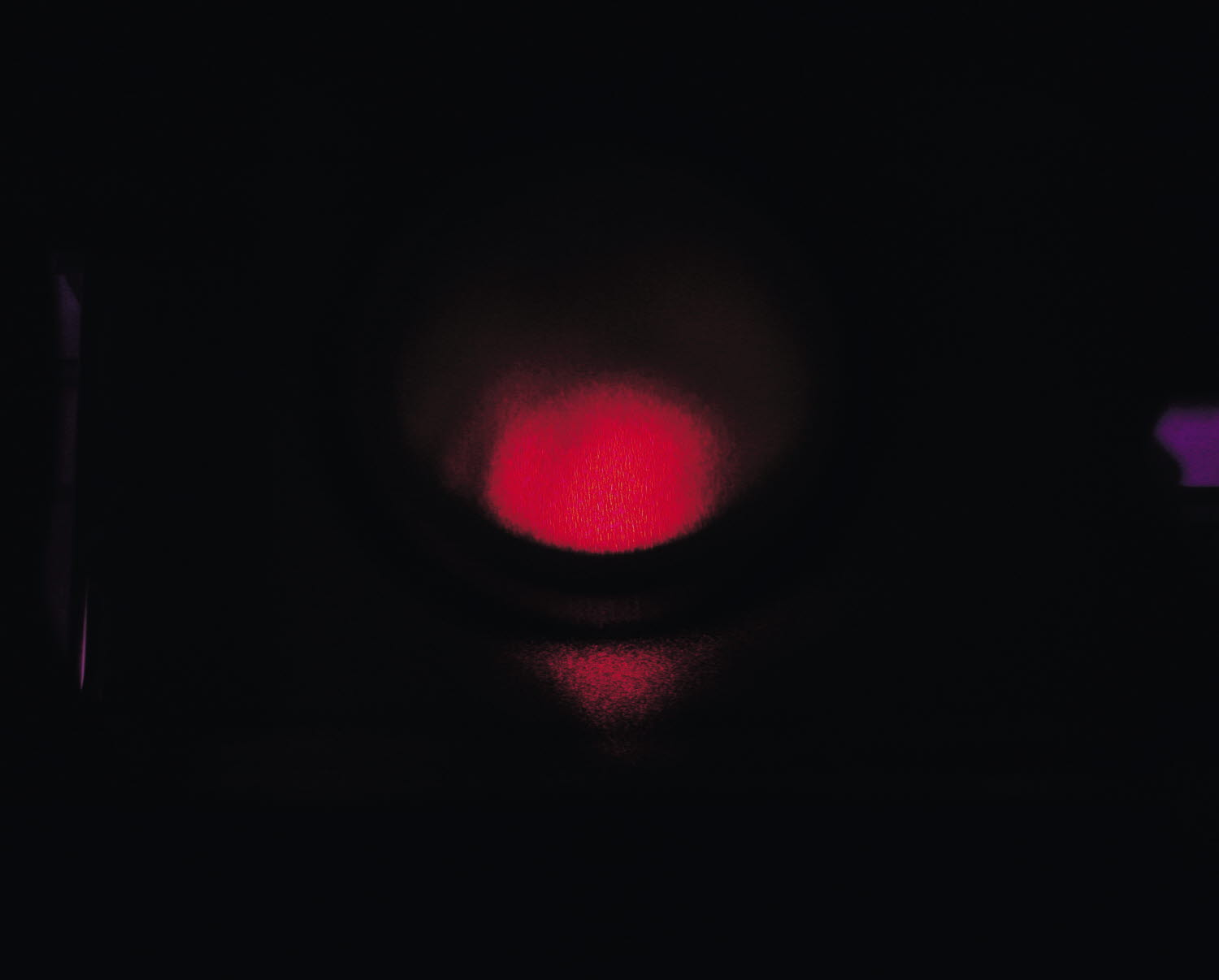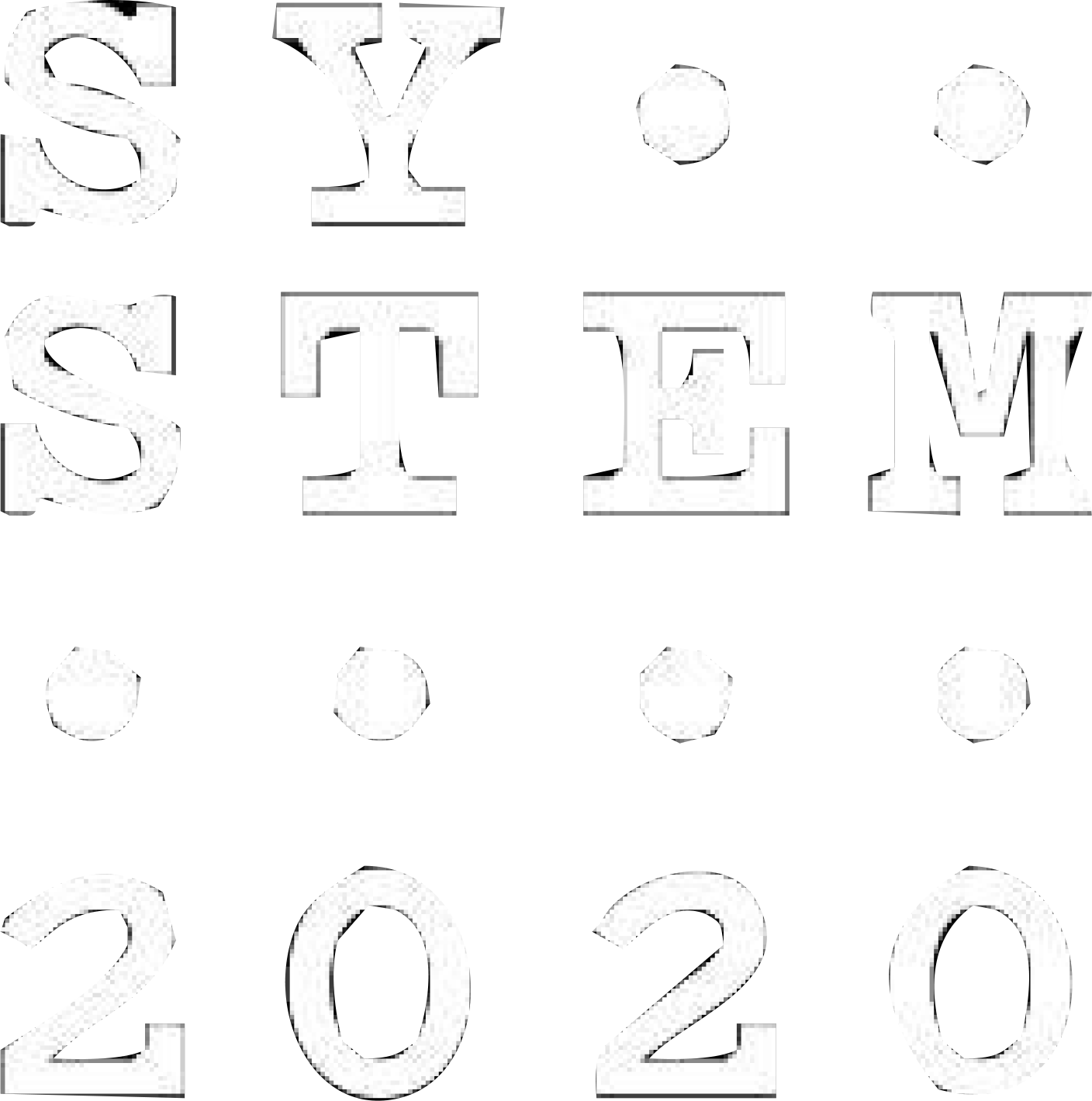
Laser vision test
How is your sight? This test uses a perfectly safe laser to determine whether you have deficient sight. Look at the dots with one eye at a time and see what happens!
Farsightedness or long-sightedness
Also known as hyperopia. People with hyperopia have poorer close-up vision when compared to distance vision, however sometimes they might have difficulties seeing things close up and far away. If you are long-sighted, the eye muscles cannot accommodate or tighten like they are supposed to so the image is not focused behind the retina. This makes the image blurry.
A person can be long-sighted when they are young, but at this time the eye can often correct the image’s sharpness through accommodation. Long-sightedness is treated using convex lenses.
Short-sightedness.
Also known as myopia. Short-sighted people have more difficulty seeing objects in the distance than close up. Short-sighted people are able to see better if they squint as they feel their focus become clearer. Short-sightedness can be detected during the school years and increases until the person has stopped growing. Short-sightedness is caused by the eye being too long in relation to the cornea and the cornea’s refractive ability. This means that when you try to focus on an object that is far away, the image focuses on the front of the retina making it blurry. To compensate, people who are short-sighted often squint. Short-sightedness is treated using concave lenses.
Age-related vision problems
Also known as presbyopia. As people age, the eye’s lens becomes stiffer, meaning that the eyes can no longer focus on close-up objects. The stiffer the lens, the more difficult it is to focus light, so they "break down" on the retina. Just as with long-sighted people, the light focuses behind the retina making it difficult to see objects that are close up. Presbyopia is treated using convex lenses.









